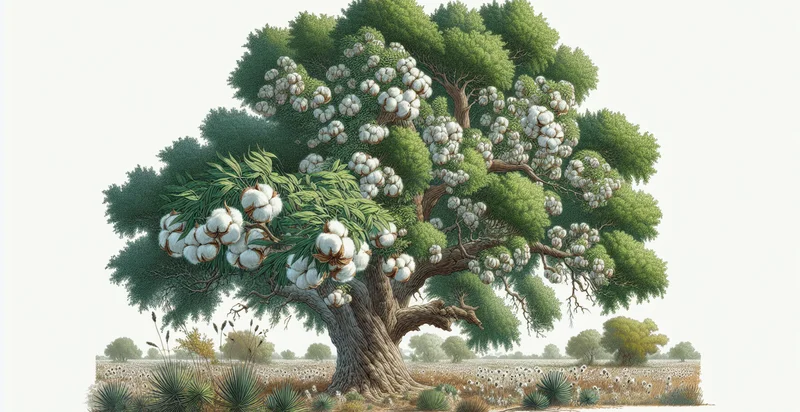Identify if tree is a sequoia
using AI
Below is a free classifier to identify if tree is a sequoia. Just upload your image, and our AI will predict if the tree is a sequoia - in just seconds.

Contact us for API access
Or, use Nyckel to build highly-accurate custom classifiers in just minutes. No PhD required.
Get started
import nyckel
credentials = nyckel.Credentials("YOUR_CLIENT_ID", "YOUR_CLIENT_SECRET")
nyckel.invoke("if-tree-is-a-sequoia", "your_image_url", credentials)
fetch('https://www.nyckel.com/v1/functions/if-tree-is-a-sequoia/invoke', {
method: 'POST',
headers: {
'Authorization': 'Bearer ' + 'YOUR_BEARER_TOKEN',
'Content-Type': 'application/json',
},
body: JSON.stringify(
{"data": "your_image_url"}
)
})
.then(response => response.json())
.then(data => console.log(data));
curl -X POST \
-H "Content-Type: application/json" \
-H "Authorization: Bearer YOUR_BEARER_TOKEN" \
-d '{"data": "your_image_url"}' \
https://www.nyckel.com/v1/functions/if-tree-is-a-sequoia/invoke
How this classifier works
To start, upload your image. Our AI tool will then predict if the tree is a sequoia.
This pretrained image model uses a Nyckel-created dataset and has 2 labels, including Not Sequoia and Sequoia.
We'll also show a confidence score (the higher the number, the more confident the AI model is around if the tree is a sequoia).
Whether you're just curious or building if tree is a sequoia detection into your application, we hope our classifier proves helpful.
Related Classifiers
Need to identify if tree is a sequoia at scale?
Get API or Zapier access to this classifier for free. It's perfect for:
- Environmental Monitoring: By identifying sequoia trees in various ecosystems, environmental organizations can monitor changes in forest health and biodiversity. This function can aid in assessing the impact of climate change on these ecosystems and guide conservation efforts.
- Urban Planning: City planners can use the sequoia identification function to locate and protect existing sequoia trees during urban development projects. Prioritizing these trees in planning can lead to sustainable and ecologically friendly urban landscapes.
- Tourism Promotion: Travel and tourism agencies can utilize this classification function to promote sequoia groves as natural attractions. By accurately identifying and showcasing these majestic trees, the agencies can create targeted marketing campaigns to boost tourism.
- Forest Management: Forestry experts can implement sequoia identification in forest management practices to ensure that these unique trees are preserved and protected during logging operations. This technology helps balance economic needs and ecological sustainability.
- Educational Tools: Educational institutions can incorporate the sequoia identifier into environmental science curriculums to engage students in tree identification and ecosystem studies. This would provide hands-on experience in ecology and conservation.
- Wildlife Habitat Assessment: Biologists can use the identifier to map and assess habitats of wildlife that depend on sequoia trees for shelter and food. This data is crucial for developing wildlife conservation strategies and understanding species interactions within their ecosystems.
- Remote Sensing Applications: Satellite and drone operators can integrate the sequoia classification function into their remote sensing applications to gather data on sequoia distribution and growth patterns. This can help in large-scale environmental assessments and scientific research related to climate effects on forests.


